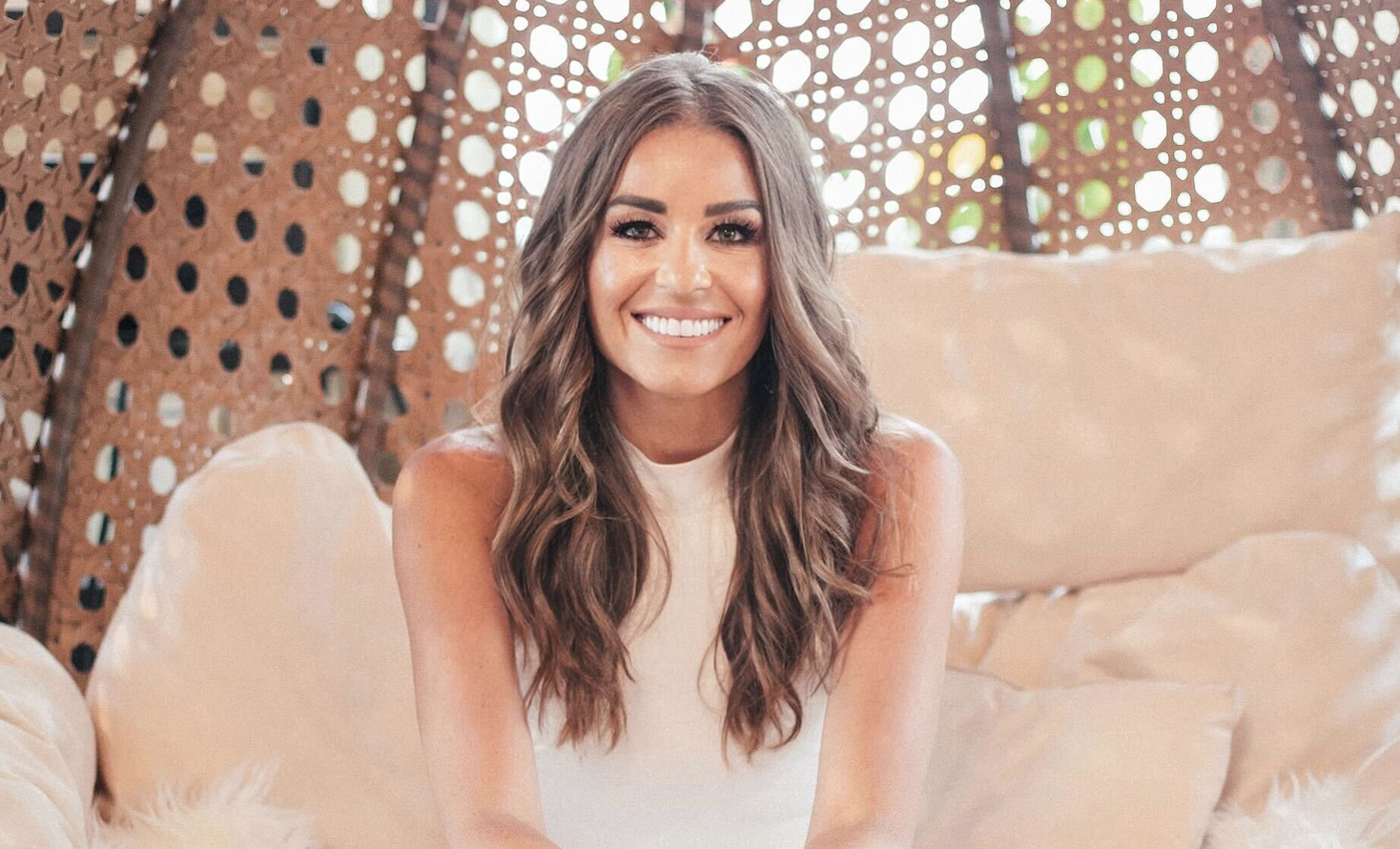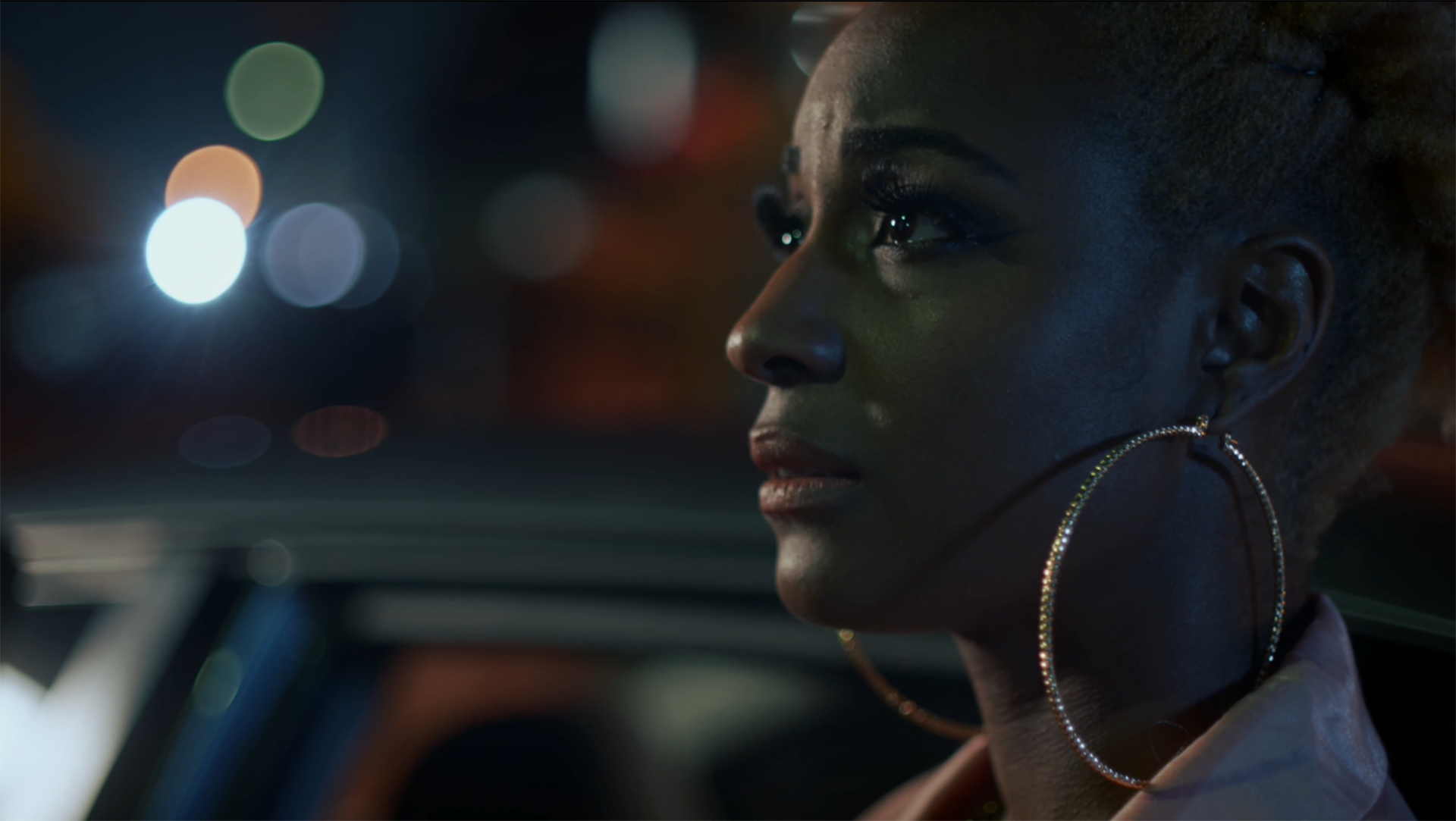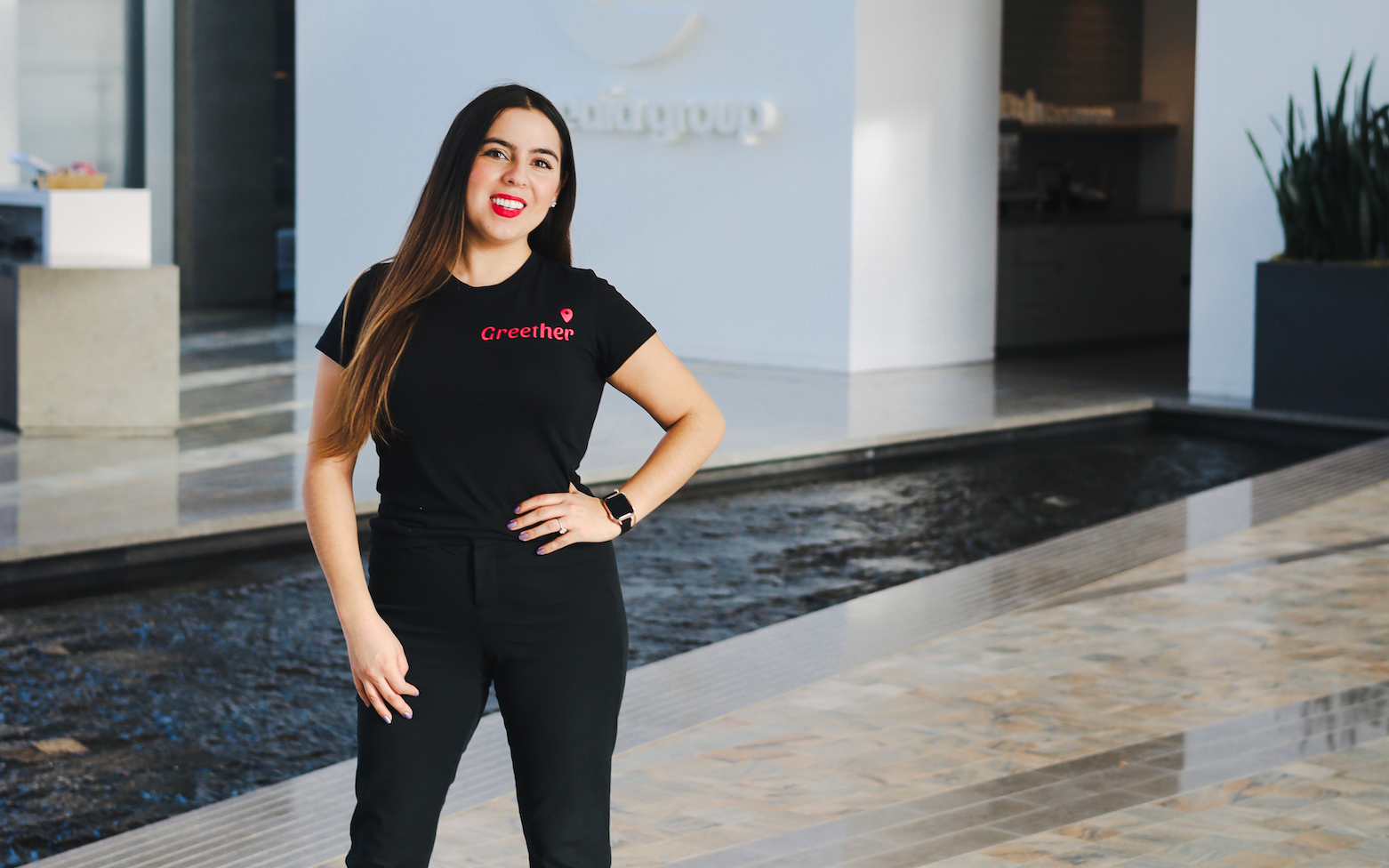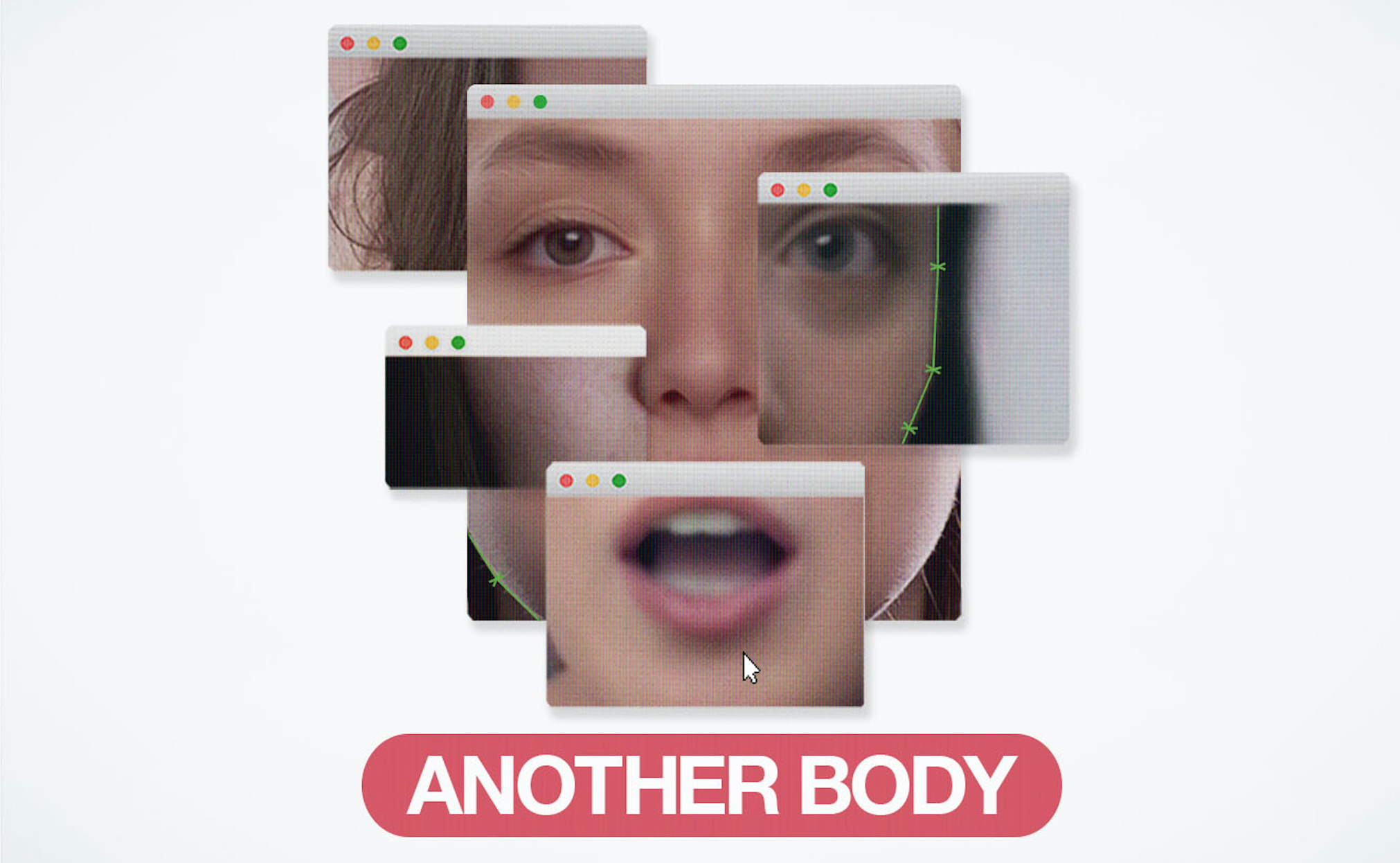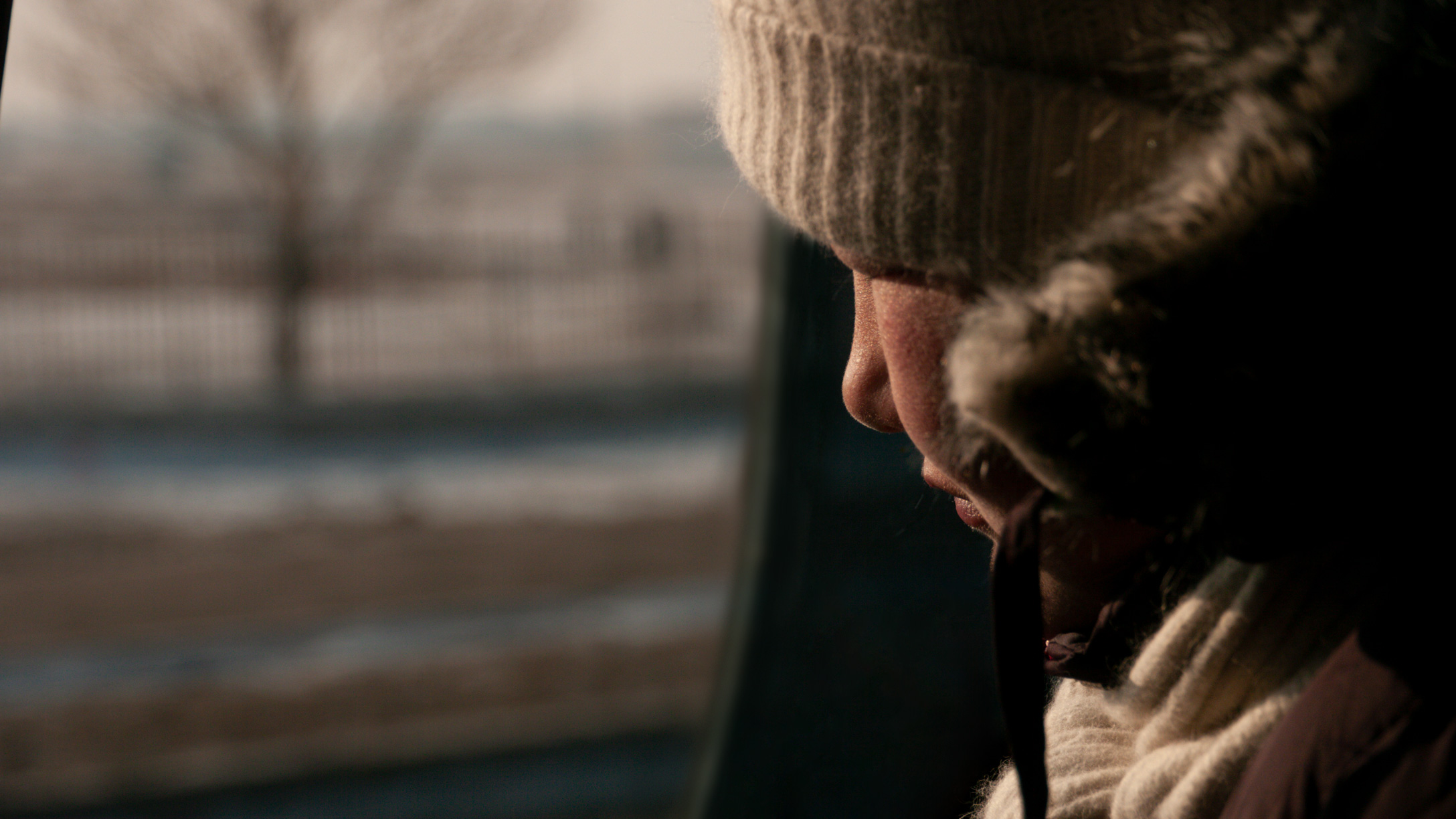
We’re all familiar with crowdfunding platforms, that have been behind some of the most innovative and exciting products, films, and creative projects out there. And while there are now ample platforms for creators to choose from, there is one clear stand-out, especially for women and non-binary filmmakers – Seed&Spark.
If you aren’t in the know, Seed&Spark is the storytelling crowdfunding platform with a record-breaking 88% success rate. Over the past 10 years, Seed&Spark has helped creators around the world make nearly 3,000 new movies and shows, supported by over 237,000 fans that contributed $36M+. With the highest crowdfunding success rate in the world for movies and shows, as well as a library of free resources, tools, and education, Seed&Spark helps pioneering storytellers take control of their creative careers.
To further support how creators are diversifying their work and embarking on new projects across the entertainment landscape, Seed&Spark has also expanded its crowdfunding offerings beyond the film space, inviting authors, playwrights, musicians, podcasters, comic book creators, film festivals, and production companies to take advantage of its suite of crowdfunding and educational opportunities.
These new initiatives build on Seed&Spark’s mission to ensure that all kinds of stories are told by all kinds of storytellers, sparking important conversations along the way.

In recent announcements, Seed&Spark has eliminated its 5% platform fee that it charges to individual crowdfunding projects and will instead shift to a voluntary tipping model. Additionally, Seed&Spark has launched its Patrons Circle, which gives established filmmakers and industry veterans the opportunity to find and directly support a dynamic collection of stories from unsung perspectives within Seed&Spark’s community. Founding patrons include Mark Duplass, Jason Reitman, Emily V. Gordon, Couper Samuelson (Blumhouse Pictures), Jennifer Cloer, Tamar Guttmann, Sylvia Zakhary (Mamag Studios), and Abigail Disney. Each Patron will receive a curated list of crowdfunding projects that aligns with their values and interests. Their contribution will make a meaningful impact towards helping each project reach its fundraising goals.
All of this was made possible by the powerhouse woman behind the wheel, CEO Emily Best, who is a filmmaker, entrepreneur, mom, and all-round inspiring person who generously took some time out of her busy schedule to talk about creating Seed&Spark as a way to help more underrepresented filmmakers get their projects and stories into the world.


How did the idea for Seed&Spark come about, and what were the most challenging aspects of launching your platform?
When Caitlin FitzGerald, Caroline von Kuhn and I decided to make “Like the Water” in 2011 we knew perfectly well we’d need a lot of help, far beyond a few locations. We were first time filmmakers on a mission to make a movie about women with whom we identified. We went out to raise money with an indie drama script focused entirely on female characters, with no romance and no nudity. We also had less than six months to raise the production budget so we could take advantage of the Maine summer required to shoot. Honestly, a lot of people laughed at us when we told them what we were attempting.
Two months before we were set to shoot, we raised enough money in equity to get close but not close enough. It seemed like the whole project might all fall apart. But we were making a movie that was deeply meaningful to all of us. We just needed to find a way to convey that meaning to our friends and family, to see if they wanted to help. Kickstarter was only just becoming a “thing,” and while all our filmmaker friends had heard of it, our parents’ friends hadn’t. So, we decided instead to build something they would all recognize: a wedding registry. We made a list of all the stuff we would need to make the movie: from camera and car rentals to makeup and bug spray, gaff tape, printer paper and lobsters. (Yes, lobsters. It was a Maine movie). For “incentives,” we offered what we could afford: a thank-you in the credits. We sent this list out to everyone we knew.
Then the most amazing thing happened: our friends not only started contributing cash, they started offering stuff. We raised $23,000 in cash (of our un-stated $20,000 goal) in 30 days and literally hundreds of thousands more in loans and gifts of goods, locations, and services. It was as though we had unlocked the good will of our entire community. What we came to call the “WishList” rendered our filmmaking process transparent to our community and sparked their imaginations.
Our supporters have become our greatest audience influencers. Why does this matter? Well, every filmmaker knows the hardest part is not actually funding your film, but getting anyone to see it when it’s finished – no matter how good it is.
This gave me an idea. Crowd-funding alone isn’t really enough for indie films because making the film is not the end-game. Crowd-building – growing a deeply invested audience base from before the film is made – is something with which crowd-funding can help, if it’s done right.
I founded Seed&Spark to allow indie filmmakers to leverage this WishList crowd-funding method specifically to build and grow their collaboration with their audiences for the entire life-cycle of a film. It’s never too early to get your audiences involved. When you activate the imaginations of your broader community, you set off a chain of actions, reactions and connections the result of which can push the boundaries of your film beyond what you imagined.
Every indie filmmaker knows that some of the best moments in film were dreamed up to work around problems money could otherwise have fixed. That sometimes the best locations aren’t scouted, they’re loaned. And often those solutions come from an unexpected helper loaning their services for a day or two. Sourcing goods and services from the community means sourcing from the community’s imagination, fostering deeper engagement and goodwill. It will get more independent films made, but more importantly, create more opportunities for greatness.
The most challenging part was finding the right people to build the technology – I failed miserably at the outset and had to navigate three years of dealing with technical debt until our then CTO rebuilt the platform from the ground up.
[NOTE: some of Emily’s answer here was taken from a 2012 article she wrote for Indiewire and shared here with permission.]

S&S has helped numerous female and non-binary filmmakers get their projects off the ground and get seen. Can you talk about whether crowdfunding platforms are disrupting the typical Hollywood film funding model?
Though there have been some celebrity driven campaigns, I’m not sure that crowdfunding disrupts “typical” Hollywood funding. I think crowdfunding gets things made that Hollywood would never consider funding. It opens up a pathway for entirely new ideas, stories, and formats to come into being. It allows people to spend more time making their work instead of asking for permission. And ultimately, crowdfunding is one of the few platform-based ways to grow audiences where you own the entire relationship to the audience at the end of a campaign.
If you build your audience on YouTube, YouTube sets the rules for how you interact with your audiences (and can change the rules at a moment’s notice). When you build an audience through crowdfunding, you are building a direct relationship with them. An artist who has a direct relationship with their audience can succeed no matter how the technology shifts – it’s the surest way to future-proof your career.
S&S has a record-breaking 88% success rate for its campaigns, which is exciting to see! What do you think this says about the kinds of filmmakers you attract, and the projects that are being created?
Our creators are exceptional at articulating for audiences why the world would be worse if these projects didn’t get made. It’s not typically framed that way, of course. What I mean is that they have such unique perspectives and approaches to storytelling. Their passion is not just for what they’re making but also for what sort of world they hope to create with what they’re making. It shines through in every element of their campaigns. And, I would be remiss not to mention that our creator success team at Seed&Spark does an excellent job of educating and preparing creators and also providing personalized feedback for every single campaign that comes through our platform to ensure creators are set up for success.
Tell us about teaming up with industry veterans Mark Duplass, Jason Reitman, Emily V. Gordon and more and what they are pledging?
We’re launching a pilot program called Patrons Circle – where established artists and business leaders pledge $5000 at the top of the year to spend down on crowdfunding projects we curate for them based on their interests. We have built a reputation as a gathering place for new voices and exceptional storytelling, and Mark, Emily, Jason and many others have signed on to provide material support to get these projects launched into the world.
We’re following up with a series of events called 30 Minute Mentors – where our Patrons and friends directly mentor creators on our platform as a part of a live forum. (An event series designed by just one of a number of badass women on Seed&Spark’s team, Julie Haberstick.) Mark Duplass worked directly with creators on getting their first draft onto the page, and shared advice to more than 1000 creators from around the world who attended the live event.
Covid has impacted the film industry greatly, more for independent filmmakers. What encouragement would you give to those whose projects have stalled, or who don’t know where to begin in our current climate?
I would start by saying that in a time where everything feels hard (and is hard), focus on the things that give you energy and bring you joy. This may be a great time to start working on a brand new project that makes you feel really excited, and come back to the thing you’ve been working on forever that feels like a slog another time. Be kind to yourself and remember that creative journeys are rarely linear!
We’ve seen some pretty badass pics of you leading workshops and giving talks while holding your newborn baby in a wrap. How has motherhood impacted your outlook as a CEO as well as a filmmaker?
Being a parent of young children over the past few years has been hands down the most challenging experience of my life. The pandemic disruptions, other family health issues, trying to raise socially aware and connected kids and navigate school closures have been hard.
I made some mistakes with my time off. I returned back to work only 11 days after the birth of my second child because I just felt like I absolutely HAD to and it was a huge mistake – one that I would never let one of my team members make. I traveled a lot with Mina (now 3, but in the photo below I think she is 5 weeks old and I was teaching an all-day workshop in Atlanta). I stepped over signs my body was giving me until I really got into a pit of despair – and that was before the pandemic! I share this because I think too often working moms are billed as “rockstars” or “badasses” for being able to build things and have a family, when really what we need is comprehensive social support systems like reproductive rights, federal paid family leave and affordable childcare.
But now I look at my work through the lens of: is this worth missing time with my kids for? Do I really actually really need to be doing this thing right now? It has shifted how I look at the workplace altogether, and why I joined the Four Day Week campaign to help recruit companies (including my own) into the Four Day Work Week pilot that launches later this year. I think we have to fundamentally shift our relationship with work in order to accommodate the real experience of caretakers.

As someone sitting at the intersection of art and technology, what has been your experience as a woman in this space, and are we seeing more females follow in your path?
I was joking the other day that when I started Seed&Spark I think I was basically the second woman CEO in the film tech space at that time, with Scilla Andreen from IndieFlix being the first (and she is still going strong and is a personal hero of mine). So I started getting invited to all these panels where I could tell that I, a cishet white woman, was standing in for “diversity.”
I would point that out everywhere I could, and when I was given the privilege of designing panels, they looked really different from the ones I was invited to be on. I was able to press film festivals we partnered with for more diverse presenters, panelists and filmmakers. And I was just one of a lot of agitators in the industry doing the same from where they were. I think about the work that Taylour Chang and Courtney Sheehan took on inside Arthouse Convergence to tackle issues of inclusion in the arthouse theater space. Or the opportunities that Women of Color Unite have made possible for women in film and tv.
The phenomenal work of Fanshen Cox and the folks behind the inclusion rider. There are thousands of women much more trailblazing than I have been – I think of what we built at Seed&Spark as infrastructure. Getting creators the tools they need to tell their stories and make sure those stories reach the audiences who need them. And 80% of projects on Seed&Spark are helmed by women, which says to me there is still a big need for women creators, AND that there are a ton of women blazing their own trails every day.
What is something each of us can do to ensure more women’s stories and talents are being shown in the film industry?
Write women and non-binary creators the biggest checks you can – whether as a crowdfunding backer or patron or philanthropist or investor. Take big risks with women and non-binary creators, hire women and non-binary people. Watch their films, rate them well on the platforms you watch them on, share them with your communities, on your social channels, walk their stories into your workplaces and share them with your colleagues. All of us have something under our control that can contribute to a more diverse storytelling landscape.
Learn more about the projects you can support on Seed&Spark, or launch your own by clicking HERE.













